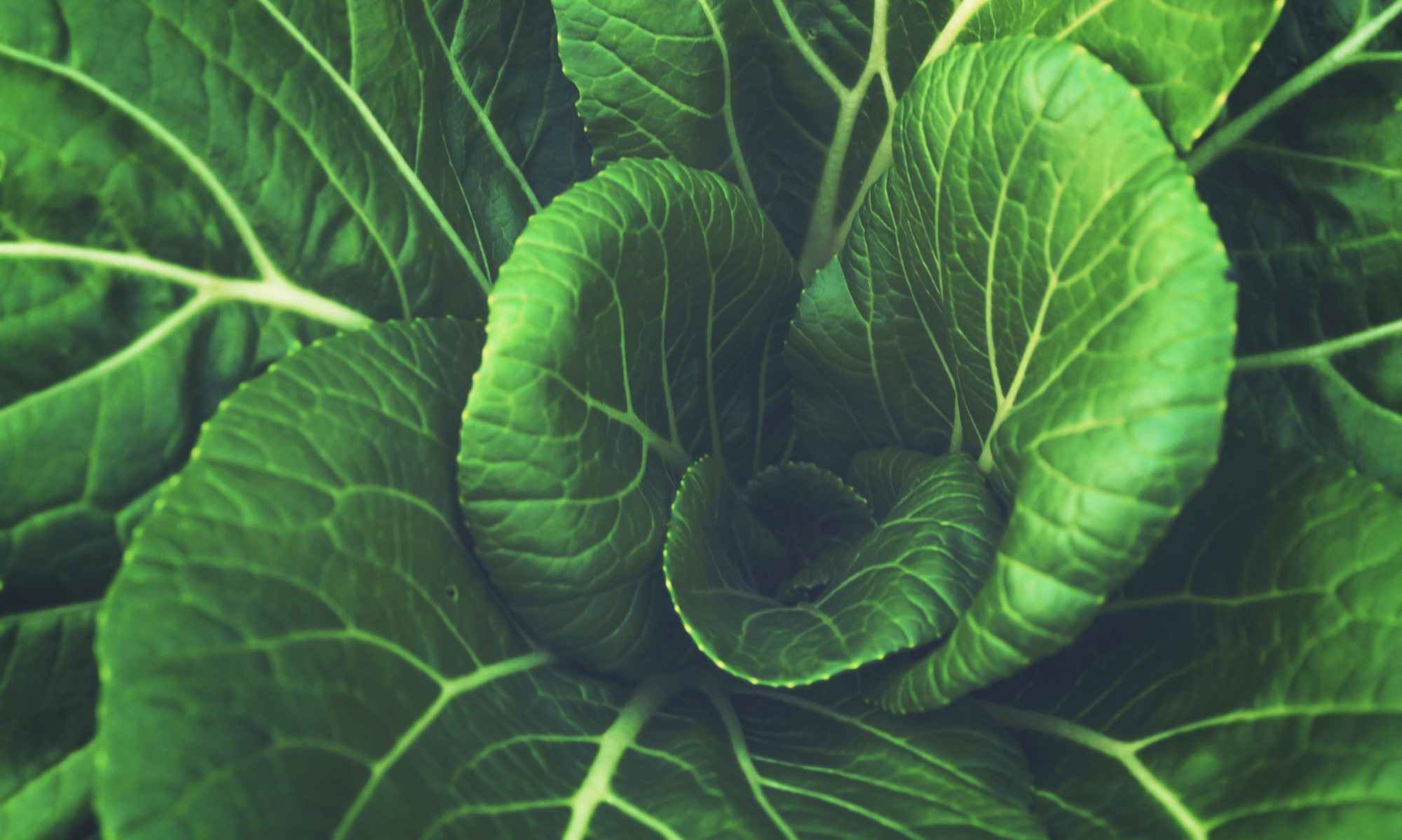At this point, we know why life does what it does. The next big question that must be answered is how cells accomplish these tasks. From pumping ions to pumping iron, all of the things cells and organisms do are very specialized . Simply put, the answer to this big “how” is just one word: proteins.
What are Proteins?
Essentially, proteins are the things that do the work in each cell. You can imagine proteins as robotic arms that each perform a unique task. Taken together, these proteins create a kind of assembly line that can perform incredibly complicated tasks.
For example, one protein that is present on every cell is the sodium-potassium pump. The entire job of this protein is to pump out sodium (Na) and pump in potassium (K) in a 3Na/2K ratio. This maintains a concentration gradient in the cell and balances water levels (osmosis). These processes, as discussed earlier, require energy but are essential in order for homeostasis to be maintained.
Whatever processes you think of, there are specific protein functions necessary for completing the task. Some work at the microscopic level (pumps/channels, energy processing, signal sending/reception) like the example mentioned above. Others work together in order to have an effect on the organism as a whole.
A Macroscopic Role for a Microscopic Structure
Take muscles: if you zoom into a skeletal muscle in your body, you will see a very interesting structure. First, you will see bundles of fibers that make up the muscle. When you zoom into these fibers, you will see that they are each bundles of smaller fibers which are the cells themselves. When you zoom into the cells, you will find that they too are made up of bundles of proteins. The structure of these bundles determines their protein functions.
Two major protein components, actin and myosin, make up each of these protein fibers. Myosin is more or less stationary within the cell while actin is able to slide across the myosin fiber. Thousands of tiny “hooks” attach actin and myosin together. These hooks can pivot, unhook and re-hook. These hooks are anchored on the myosin and attach to the actin (look at the top right of the blog thumbnail).
When the muscle receives a signal, these hooks begin using energy to pull actin towards the center of the myosin, essentially shrinking the length of the muscle. This happens at millions of hooks across a fiber, countless fibers across a bundle, and countless bundles across a muscle. Together, each of these microscopic proteins come together to generate a force that can affect objects millions of times more massive than the protein itself.
The primary concern of any organism run by such specific functional units is the formation of these essential chemicals. Unlike the first organisms of Earth, all current complex organisms require more than just chance to create self-sustaining bodies. As a result, proteins that could organize simple molecules into complex ones became dominant in all populations. We call these proteins enzymes.
Protein Functions: Enzymes
Essentially, the purpose of an enzyme is to position simple molecules in such a way that it takes little or no time and energy for chemical reactions to occur. It’s the difference between trying to put a 1,000 piece puzzle together by blindly testing each piece individually and having the pieces in the correct order right next to each other. One will take years, the other will take seconds. The organism takes the resources of the universe into its own hands, enabling it to manipulate the surroundings and make internal and external environments suitable for its own personal use.
Enzymes can reduce the time it takes for a reaction to occur by a factor of 10,000,000,000. This is important because super small cells also need to get things done super fast. While large celestial events take millions of years, human events take years at most. Thus, cells need to have even less time between important events. This means that a second per reaction is too long to be useful. At the cellular level, reactions need to occur once every microsecond, or faster. Without enzymes, cells could not achieve this rate and the cell would perish; it simply cannot produce essential molecules fast enough.
These enzymes have incredibly specific protein functions and only enhance one reaction. This way, the rate and amount of reaction that occurs can be regulated by homeostatic processes that restrict the amount of each enzyme present.
Proteins are not permanent by any means. Because of their complexity, they have a very delicate structure. As a result, these molecules can “break” with the slightest variation in salinity, pH, or temperature simply due to chemical fragility. This is why we don’t find excess protein in organisms: you only keep proteins that are in use. The maintenance of these complex molecules requires additional energy, something life tries to use as efficiently as possible. Once these proteins are damaged, the cell replaces them. Scientists call this protein turnover.




